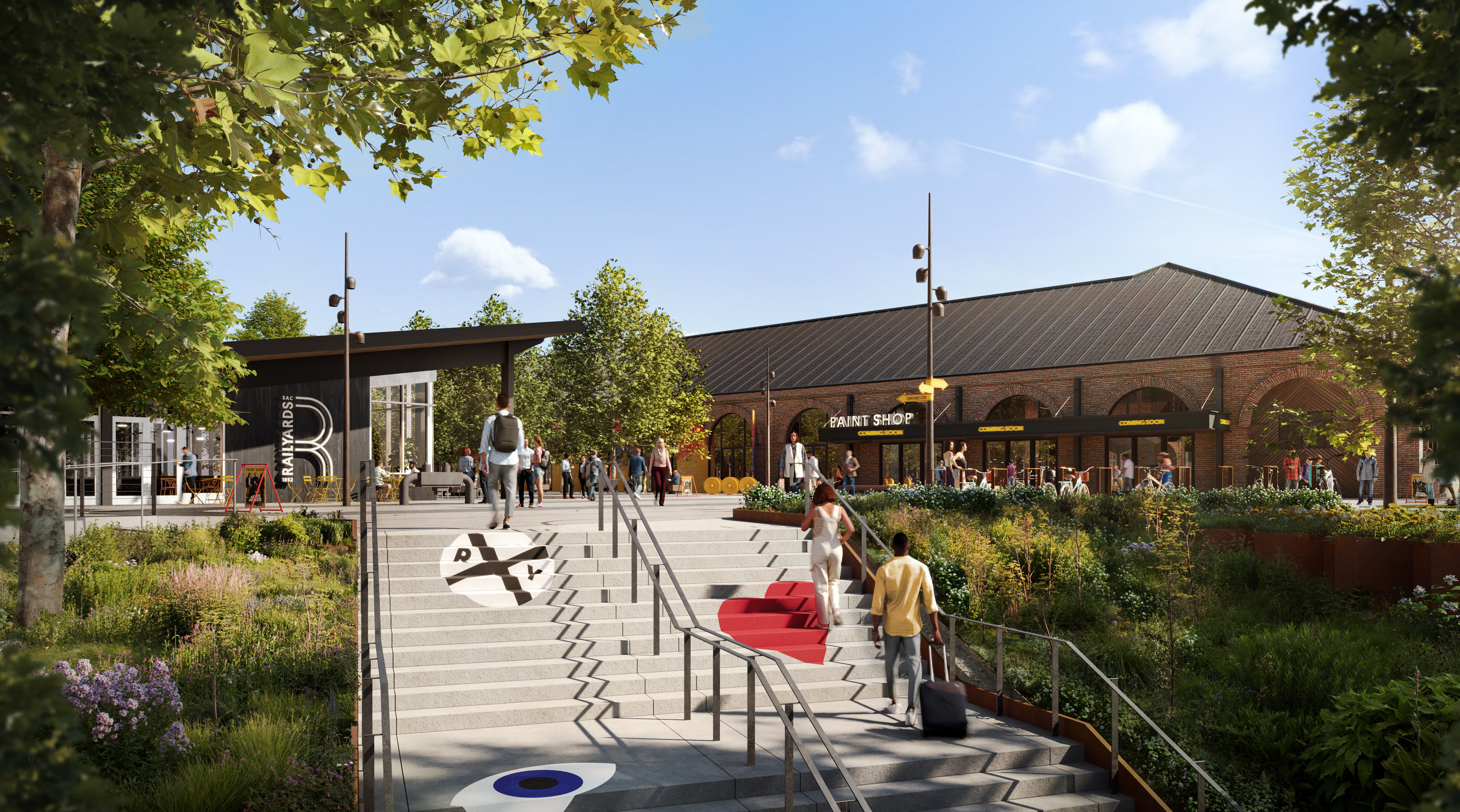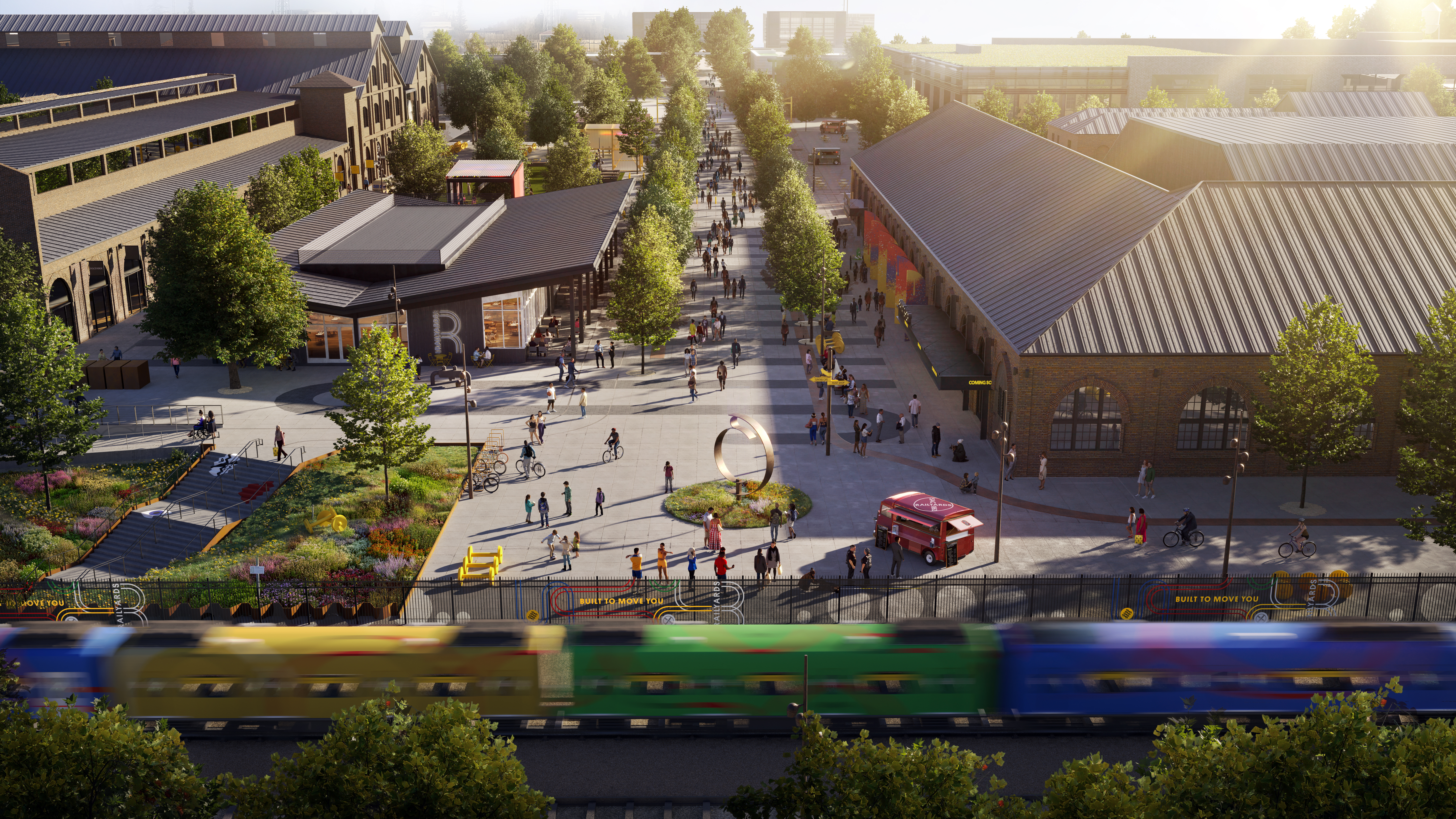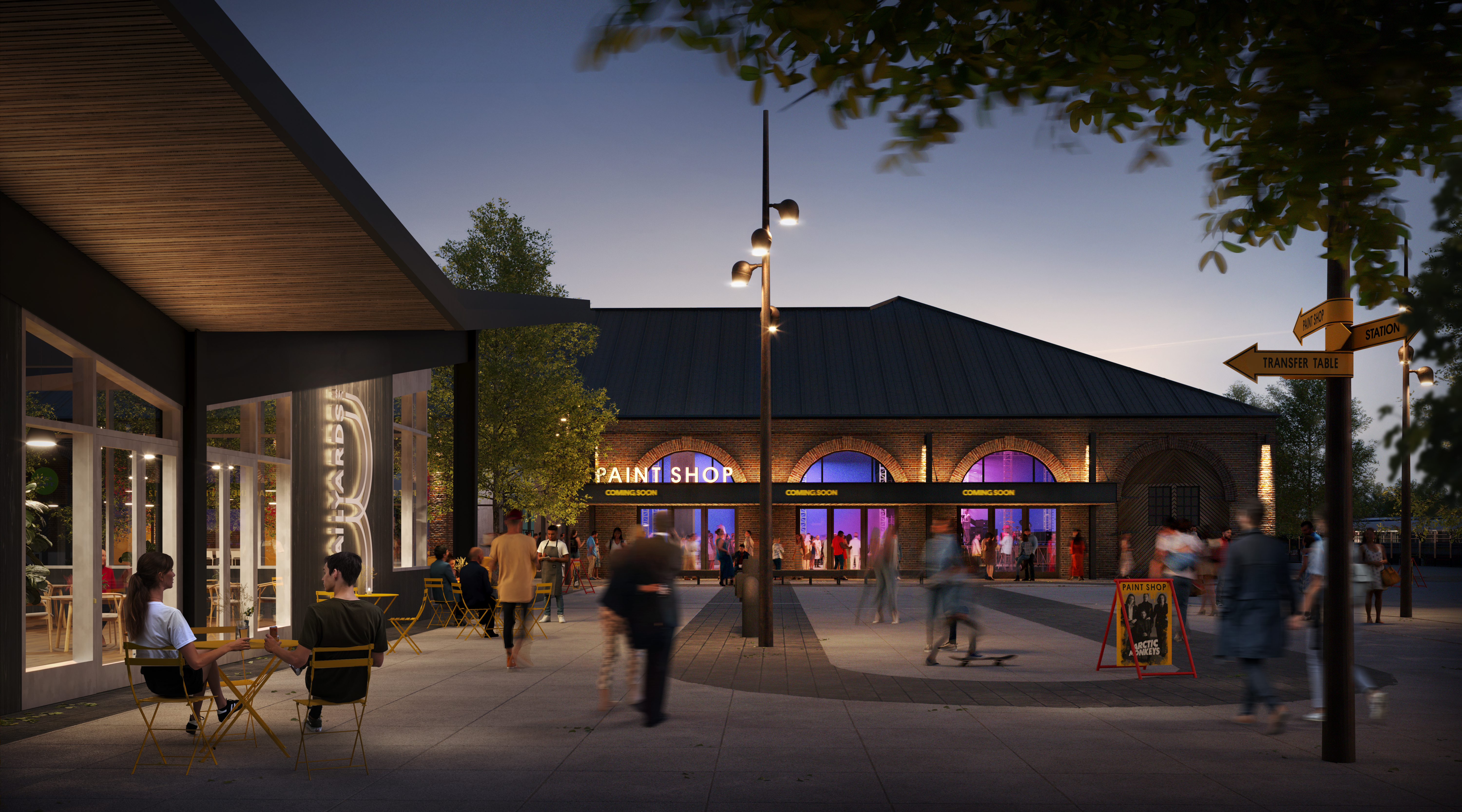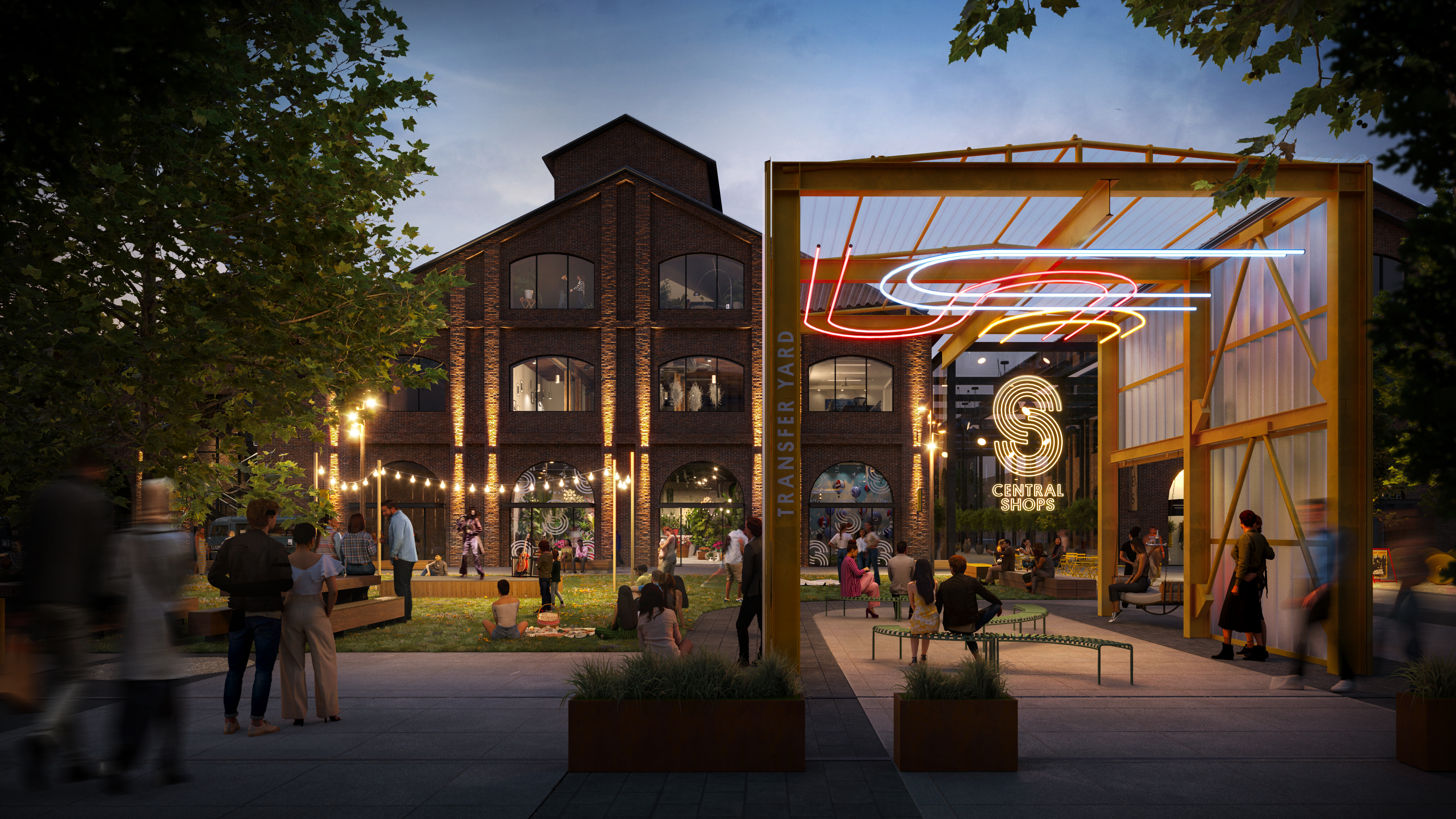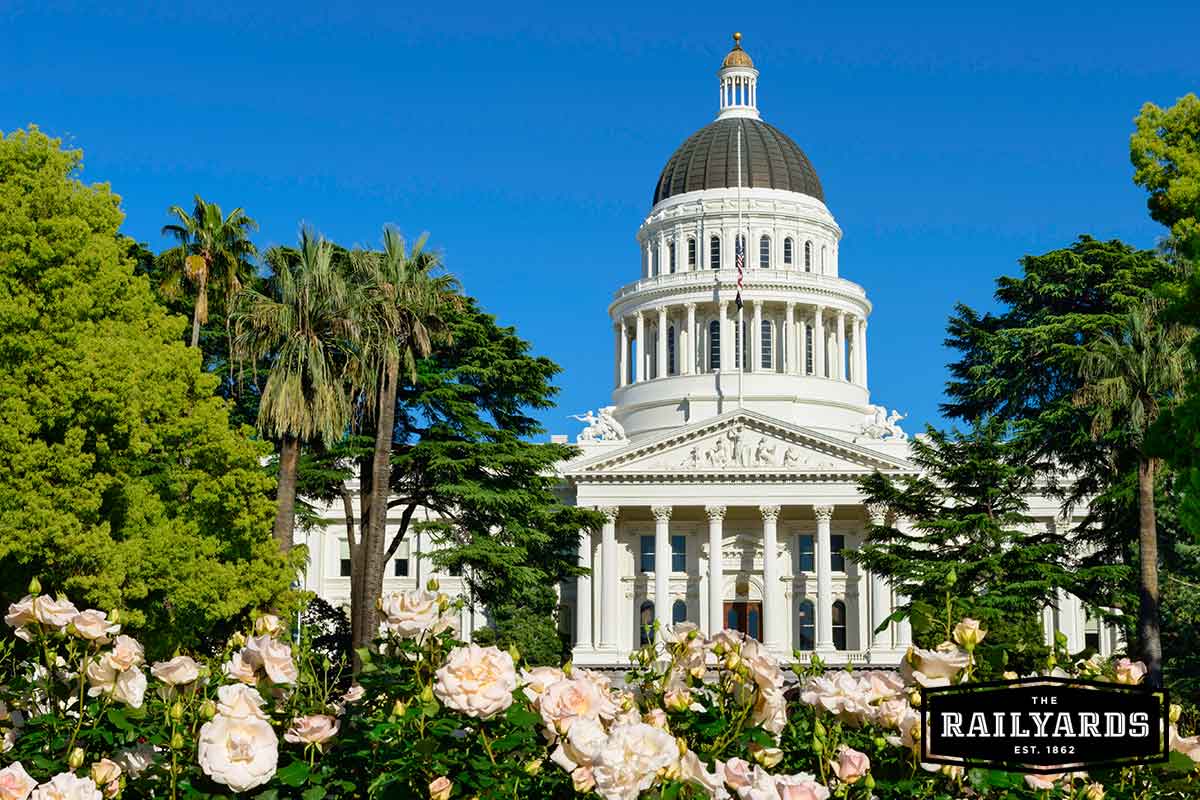
December 19, 2023 / Author: the Railyards
These 15 U.S. cities are among the greenest in the nation. Did Sacramento make the list? Learn more with the Railyards.
For those who are concerned about our climate – and studies show that’s about 70% of us – it’s easy to feel overwhelmed by climate change news. Environmental sustainability is one of the biggest challenges of our generation. Fortunately, we have some good news. Across the nation, cities are rising to meet that challenge to create healthier, greener communities.
Cities are pushing to lower greenhouse gas emissions, create more green space, make commuting easier by limiting the need for cars, create farmer’s markets to make local produce more accessible, and make other critical shifts. A 2023 Rocket Homes analysis highlights the greenest cities in the U.S. using 28 green indicators like these.
Explore the 15 most eco-friendly places to live in the United States, including lucky number 9 – Sacramento!
The 15 Most Environmentally Friendly Cities in America
#1: Berkeley, CA
In 2021, Berkeley committed to the C40 Race to Zero campaign that aims to reach net-zero emissions by 2045. It also has its own Climate Action Plan that discusses shifting to wind and solar energy sources, sending zero waste to landfills, consuming more locally produced foods, and making public transit, walking, and cycling more accessible for everyone. Berkeley also ranks in the top 8% of the country for its high percentage of green commuters, along with UC Berkeley recently being awarded the highest rating for sustainability achievements from The Association for the Advancement of Sustainability in Higher Education (AASHE).
#2: San Diego, CA
California is known for its frequent droughts and dry weather. However, San Diego found a way to combat this. With the introduction of the Claude ``Bud” Lewis Carlsbad Desalination Plant, the city is able to transform seawater into drinkable water through a process known as reverse osmosis. The plant is able to process over 100 million gallons of water every day, which in turn provides San Diego residents with 50 million gallons of potable water. In just under a decade, the city has managed to decrease emissions by 25%.
The city is shooting for a target of 100% renewable energy by 2035 and encourages commuting by bike and making the switch to green energy sources, among other critical initiatives.
#3: Portland, OR
As a city known for keeping it weird and ecologically friendly, its #3 spot on the list isn’t too surprising. Portland is in the top 2% of the country for the power generated by renewable resources. One of their largest projects - replacing 45,000 streetlights with LED technology, resulted in a 50% reduction in energy use and $1.5 million saved annually. The city also focuses on recycling and composting initiatives, being ranked in the top 1% of the country. Portland recovers 81% of all waste produced by city operations and is on track to recover up to 90% by 2030.
#4: Washington, D.C.
Washington DC’s sustainability efforts focus on reducing the urban heat island effect by planting new trees, better managing stormwater runoff, and other crucial measures.
Additionally, D.C. is in the top 2% of the country for its number of LEED-certified buildings. In the last decade, public schools in the city have led the way in terms of energy-efficient construction and are working toward creating a net-zero energy school system that produces as much energy as they consume.
The city has also heavily invested in wind and solar power to generate energy for municipal and residential buildings, boosting the city into the top 5% of the country for renewable energy.
#5: Denver, CO
In 2019, Denver was recognized for their LEED for Cities Platinum Certification, which honors communities that strive to enhance sustainability through urban planning, development, and operations. In 2023, the city rose three spots to become one of the top 5 most sustainable cities. Denver’s initiatives are tied closely to the goal of reaching 100% renewable energy by 2030. This included currently building solar gardens above parking lots and rooftops where the power generated will be made available for municipal buildings and low-income housing.
#6: San Jose, CA
In 2018, San Jose passed its Climate Smart plan, making it one of the first major U.S. cities to chart a course to meet the greenhouse gas reduction targets set by the international Paris Agreement. They also introduced San Jose’s Green Vision with goals aimed at becoming the electric vehicle (EV) capital of the world by making 60% of its passenger vehicles electric by 2030. To reach this goal, the city implemented several initiatives, including streamlining a permitting process for residents to install home charging stations. Currently, the city ranks in the top 12% of the country for EV registrations and in the top 1% for available EV plugs.
#7: Boston, MA
As the 3rd most walkable city in the nation, Boston is in the top 5% of the country for residents who commute using energy-efficient modes of transportation. Additionally, the city was also named “Solar City of America” by the US Department of Energy in 2007. Recently, in 2020 the city also met its carbon reduction goal 5 years earlier than it planned for. Due to all their initiatives and success the American Council for an Energy Efficient Economy (ACEEE) named Boston as the most energy-efficient city in the country from 2013 – 2019.
#8: San Francisco, CA
San Francisco approaches sustainability on both city-wide and neighborhood levels. Their efforts focus on switching to clean transit and renewable energy, as well as working to create a greener city by increasing the city’s urban forest and creating living rooftops. They even ranked in the top 2% for the number of green commuters. This is thanks to their accessible public transit system and bike/rideshare programs that allow vehicle-free travel. Additionally, over the past 10 years, the city has dedicated itself to recycling and composting mandates that require residents to separate their waste into three different bins - recyclables, compostables, and landfill items. This resulted in a diversion rate of 80% across the city. They also took Boston’s spot, becoming the top ACEEE City Clean Energy Scorecard for the first time.
#9: Sacramento, CA
Sacramento made the list as the 9th greenest city in the United States.
Similar to San Jose, Sacramento promotes the use of EV’s and hopes to have 75,000 on the road within the next few years. To assist with this, Electrify America has committed to providing the city with $44 million to increase the use of communal, electric modes of transportation. Currently, the city ranks in the top 7% for the availability of EV plugs per 100,000 residents.
The city is also expanding the Sacramento Railyards, which helps to add more open spaces to our beautiful city and uses green building practices like urban infill. The Railyards will bring 30 acres of green open space, a multi-modal transportation hub, and affordable housing units – the first of which is opening soon.
#10: Seattle, WA
Seattle’s work to address climate change concentrates on two of the largest sources of carbon emissions - the transportation and building sections. They also created the nation’s first carbon-neutral utility company, earning Seattle the name the Emerald City. Not only does the city have almost year-round greenery, but is also a pioneer in green energy practices and efforts. Seattle ranks in the top 1% of the country for renewable energy due to the hydroelectric dams, with 80% of all energy in the city coming from clean, carbon-free hydroelectricity.
#11: Los Angeles, CA
In 2012, LA had already increased its landfill diversion rate to 76.4% with its commitment to achieve its “Zero-Waste-to-Landfill” goal by 2025. The city, after 30 years of continuous effort, has one of the highest recycling rates in the country. However, the city continues to set higher standards for itself by committing to end the use of plastic straws and single-use-takeout containers by 2028 and seeing no trash in landfills by 2050.
#12: Honolulu, HI
The City of Honolulu has implemented a climate action plan that outlines 9 strategies the island will use to reach a net-negative carbon economy by 2045. They also have one of the highest used bike-share programs in the country while also being in the top 1% in the country for the number of solar installs, the percentage of homes using solar for heating, AND the number of solo watts produced per capita.
#13: Silver Spring, MD
Silver Springs boasts sustainability with more energy-efficient developments than over 10% of the country. They also have the second-highest amount of green space per resident on this list, ranking in the top 15% of the country, lowering carbon emissions and improving air quality. They’ve been awarded several LEED Silver and Gold certifications for various buildings, from libraries to residential towers.
#14: Salt Lake City, UT
With the highest amount of green space on this list at 1,166.8 sqft. per person, there’s no question why this city is in the top 2% for that category. The city also provides free public transportation for school children and free charging stations during the parking time limit. Depending on the local air quality and weather, city employees are encouraged to work from home or take public transportation, curbing fossil fuel usage.
#15: San Bernardino, CA
San Bernardino’s environmental programs first started in 1995 with an effort to encourage recycling. Today, they rank in the top 20% for energy usage from renewable resources and work hard to conserve the national natural resources.
They have the Rialto Bioenergy Facility which serves as the country’s largest organics processing facility. It even earned the 2022 Distinction Award for Wastewater Project of the Year, converting up to 1,000 tons of wastewater biosolids and organic waste into renewable gas and agricultural fertilizer.
These 15 U.S. cities are working to create healthier, more equitable justice through their environmental efforts. What would you like to see your city doing to preserve the environment? Share with us on social media.


